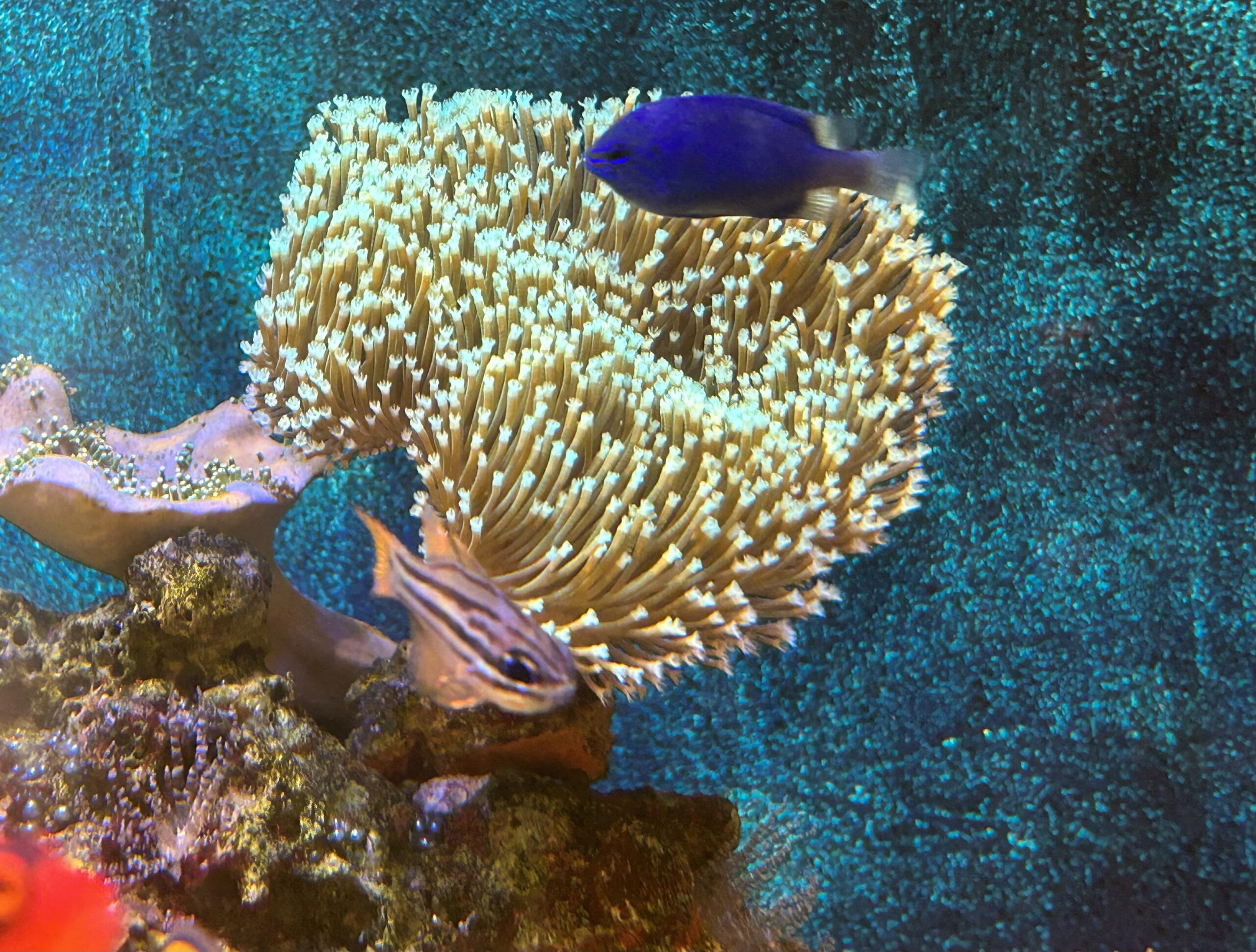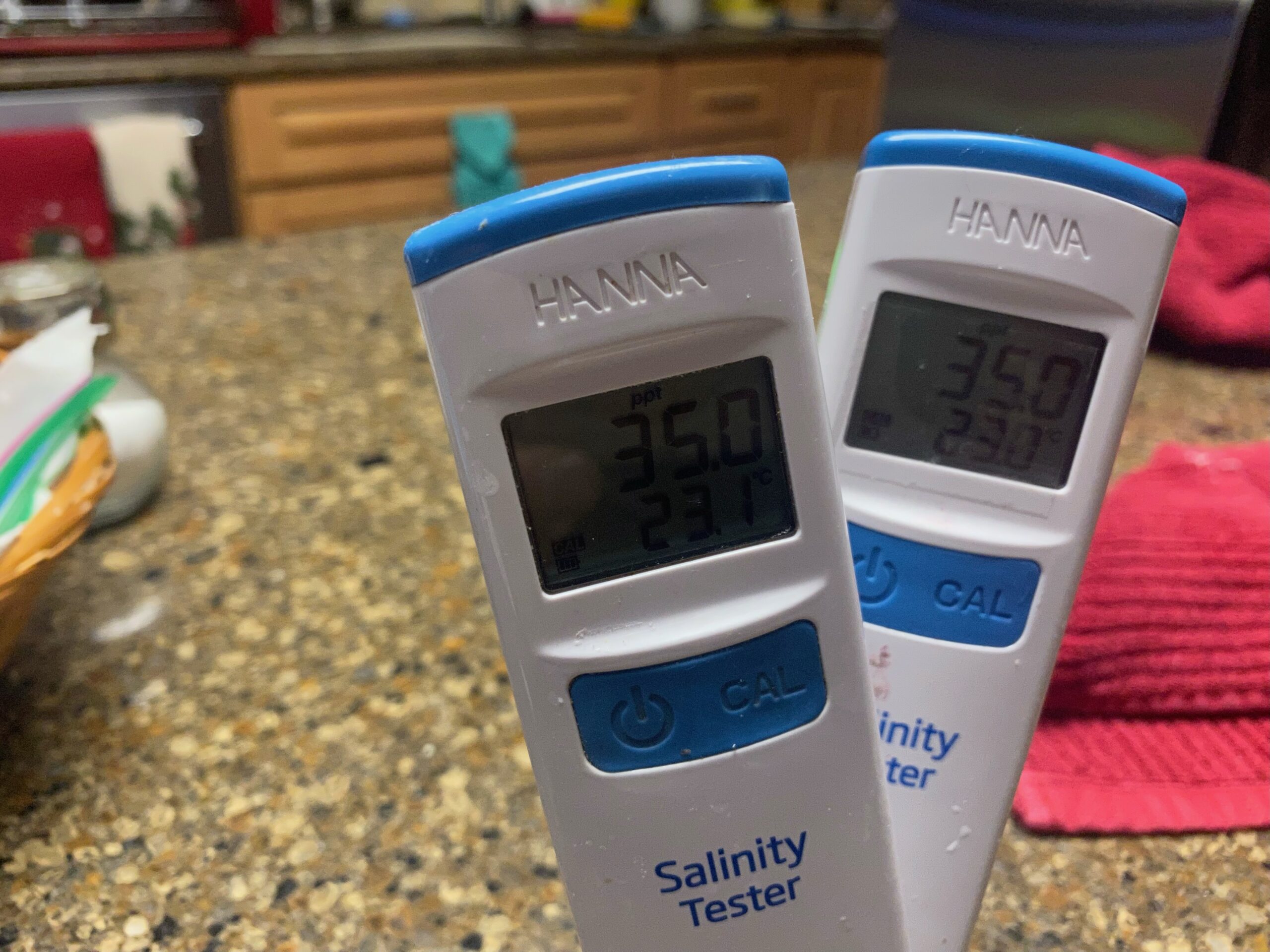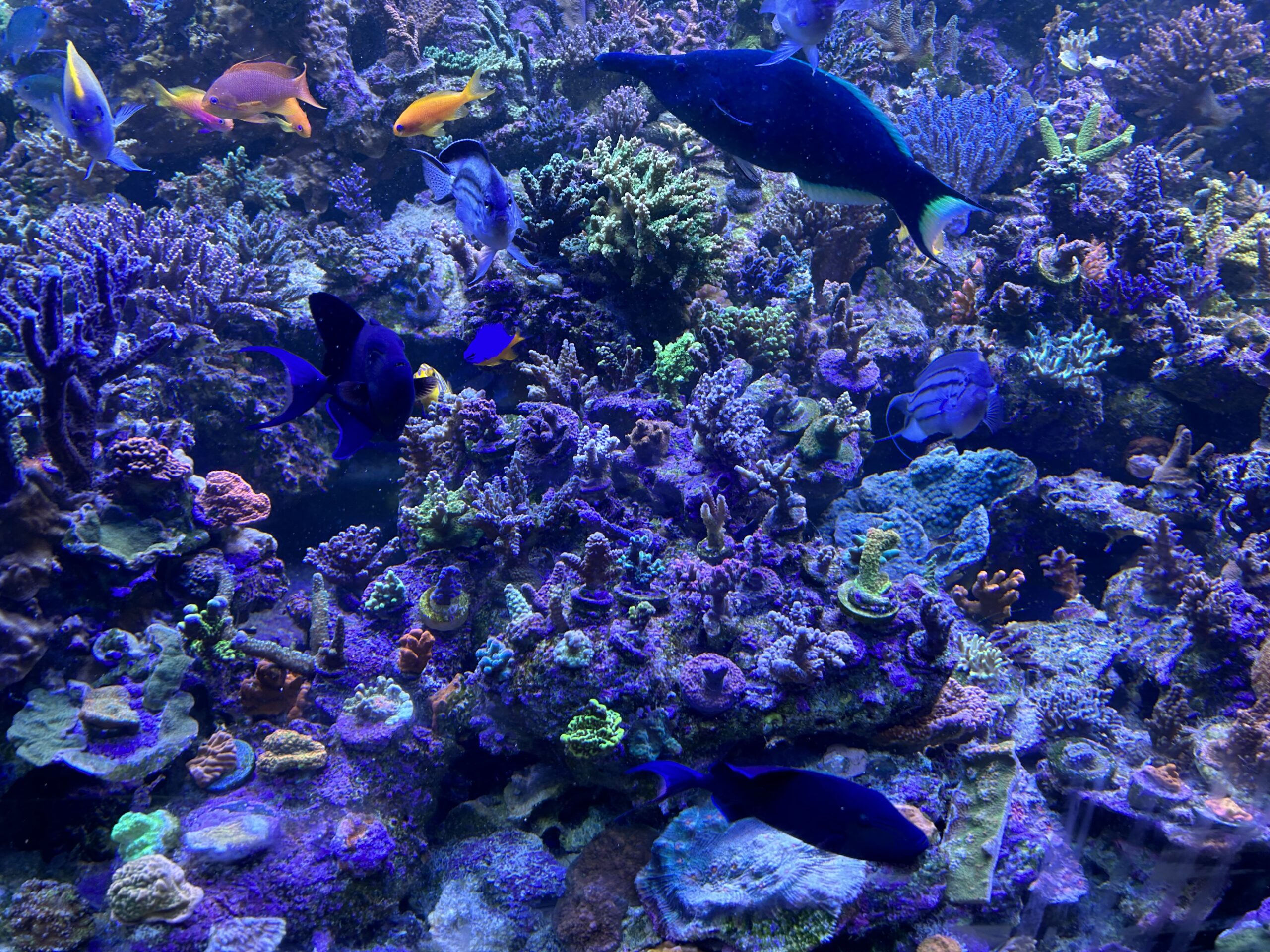There are a lot of sexy aspects of having a reef tank including planning and setting it up, aquascaping it, and then selecting the fish and corals to go in it. And you can also get excited about choosing the lighting, the skimmer and pumps, and all of the other ancillary equipment. Unfortunately, the most important factor in having success is probably also the least sexy and that is water chemistry.
It may take some time, but until you realize that none of this other stuff matters unless your water chemistry is right will you have success. And while water chemistry may sound scary, no one really liked high school chemistry, in reality, there are just a few concepts that need to be learned in order to understand it and have success.

What is water chemistry?
To put it simply, water chemistry is simply the term used to describe the chemical and physical characteristics of the water in a reef tank which can be measured using testing or equipment that is usually readily available. There are more complex methods of testing and measuring for things like minor trace elements via ICP testing, or oxygen levels but they will be discussed later. For the purpose of this article, only the general aspects of water chemistry will be discussed, with a more detailed discussion of each element to come. The main aspects of water chemistry that need to be understood include salinity, temperature, pH, alkalinity, calcium, ammonia, nitrite, nitrate, phosphate, and magnesium.
When this hobby was starting out, the general goal in terms of water chemistry, was to simply have the tank match the levels in the tank with that of ocean water. However, it soon became apparent that our reef tanks, despite our best intentions, are not simply small sections of the reef, the bioload in our tanks is simply too great relative to the amount of water in the tank. As a result, it has been found that it is advantageous to have some of the parameters of water chemistry be slightly different than those in natural seawater.
It should also be understood that the values listed in this and future articles are a guide and are not necessarily the exact precise numbers that will be best for your tank. One of the aspects of this hobby that needs to be accepted is that each tank varies and has different requirements. For this reason, you need to determine how each of these parameters interact in your tank and find the sweet spot for each in your specific tank.
Don’t chase numbers!
Two other aspects are also important in achieving long-term success with water chemistry: do not chase numbers and keep the parameters as stable as possible. What this means is that if a parameter is not at the desired level, but the corals are thriving it may not need to be adjusted. But if it is to be adjusted, it should not be done quickly, that is in a single day, but instead the adjustment should be made in a week or more. Most of us in the hobby have learned the hard way that stability is often more important than the exact number of a parameter.

Starting with salinity
As a starting point for understanding water chemistry the best place to start is with salinity. Salinity is simply the amount of salt in the water and it is one of the most important parameters in a tank’s water chemistry. It is important, in that most of the other parameters are based on this level, so if it is off, the other levels will be off as well. There is some variance in terms of what some recommend as the “best” level with some recommending a higher level and others a slightly lower level. But I stick with the recommended level of salinity in a reef tank being 35g/L or 35ppt. That there are 35 grams of salt in a liter of water.
This may sound simple, but unfortunately measuring salinity directly is difficult, so other means of measuring it have been devised. These include measuring the density or measuring light refraction. For measuring density a hydrometer is used. The two most common types used are a swing arm hydrometer and a float hydrometer. In my opinion, the float hydrometer is superior to the swing-arm hydrometer as it is more consistent and less likely to give a false reading.
I say this as I have had and have seen swing-arm hydrometers be off markedly in their readings. But a float hydrometer has shortcomings as well and these are that it is often difficult to read, I take a picture of it floating and then read the value from the picture, and if dropped the neck will break, rendering it useless. But if taken care of it will provide consistent readings.

There are also several electronic devices to measure salinity. These devices are all easy to use and provide precise readings as long as they are calibrated regularly. Some need to be calibrated before each use in order to be accurate. They are also more expensive than the hydrometers. These reasons are now why I consistently use a float hydrometer to measure salinity in my tanks.
Salinity will vary as water evaporates from the tank, salt does not evaporate out, and this is the reason why an automatic top-off system that replaces water after only small amounts evaporate off is so important. I have found that keeping the salinity stable, with little variance, is one of the more important parameters to keep stable. Also, salt creep and minor leaks will also cause the salinity to rise or fall. For these reasons, I now measure salinity every day or every other day in order to keep my tanks as stable as possible.

What is the best temperature for Reef Tanks?
The one physical parameter that is important in water chemistry is temperature. Like salinity, other parameters are affected by it, and if it is not stable the reef tank’s inhabitants can suffer. The general consensus of the best temperature for reef tanks is 75-79F (23.8-26.1C), and I keep all of my tanks at 75F.
On the reef, the temperature can be slightly higher or lower, but again our tanks are not reefs. At higher temperatures faster growth can occur, but at these temperatures, less oxygen is dissolved in the water, and it has been found that higher dissolved oxygen levels are beneficial. Also, at higher temperatures bacteria and pests can reproduce more quickly, so in my opinion, 77 or less are the optimal temperatures to maintain a reef tank.

As with all of the key parameters, stability is also important. I have found it best to try and limit the swing in temperature to no more than 2 to 2.5 degrees during the course of the day. At temperature changes greater than this, I have found reduced growth and diminished coloration in some corals.
Understanding water chemistry is not fun, but it is vital to the long-term success of a reef tank. There are at least ten major parameters that need to be understood and optimized if success is to be achieved. Salinity and temperature are the first two building blocks of water chemistry and keeping them stable is the first step in this success.

In the next several articles the other eight parameters will be discussed as well as a ninth one: minor trace elements, which only relatively recently have been more fully studied. None of these parameters are intimidating nor are they difficult to manage once they are understood. Hopefully, these articles will help in that understanding.



